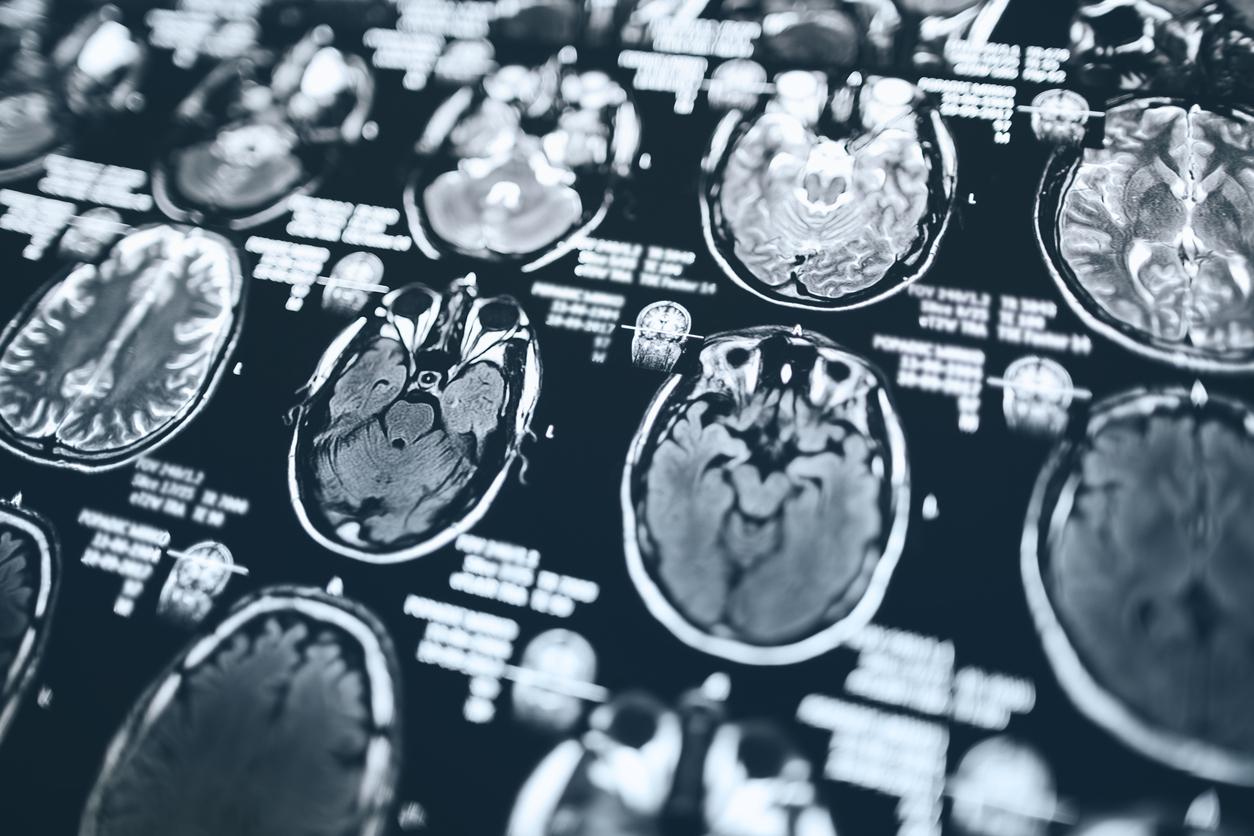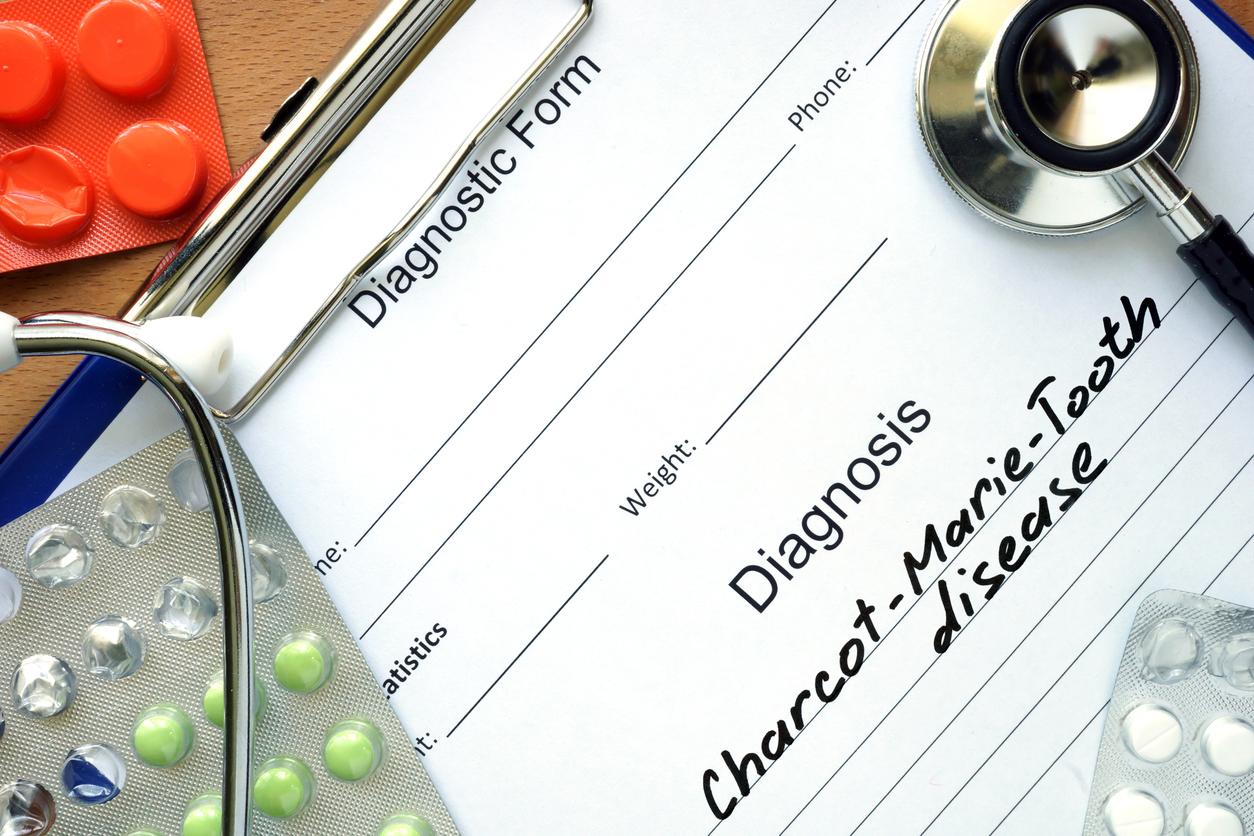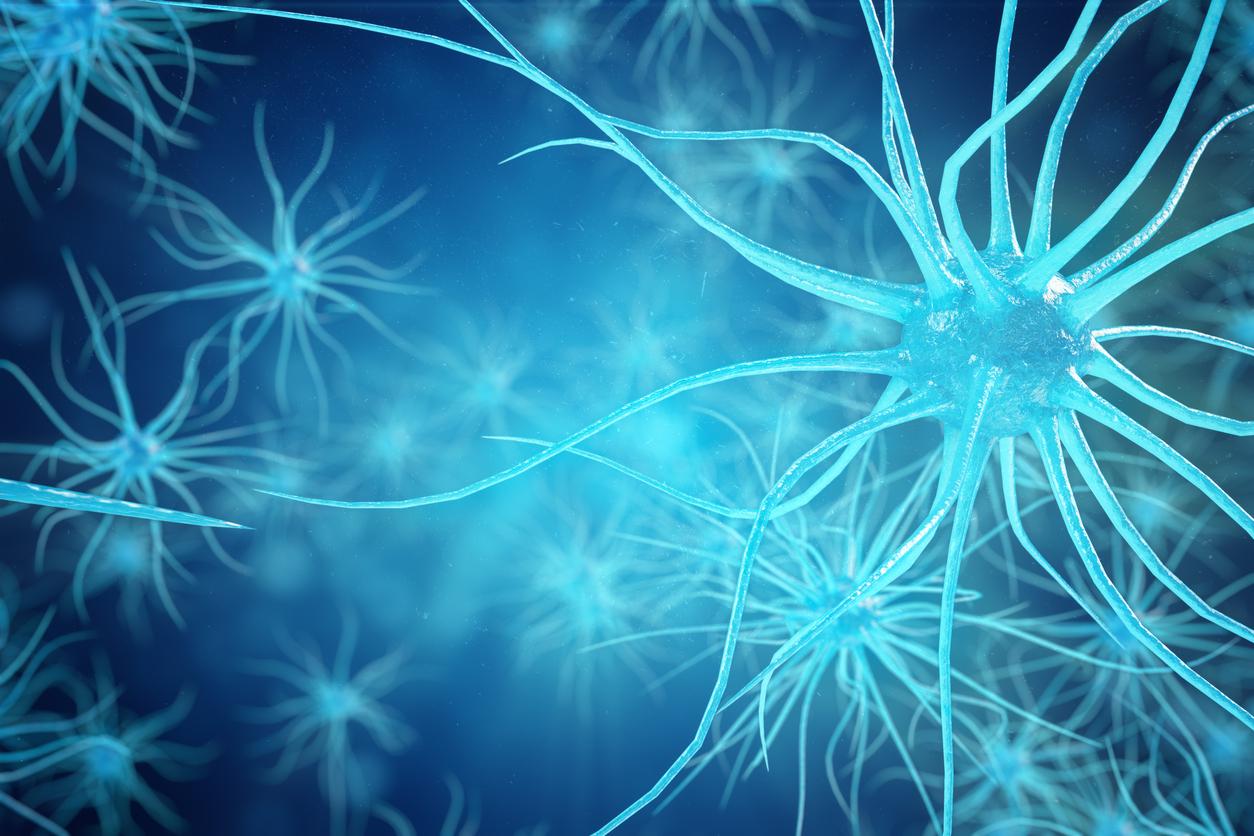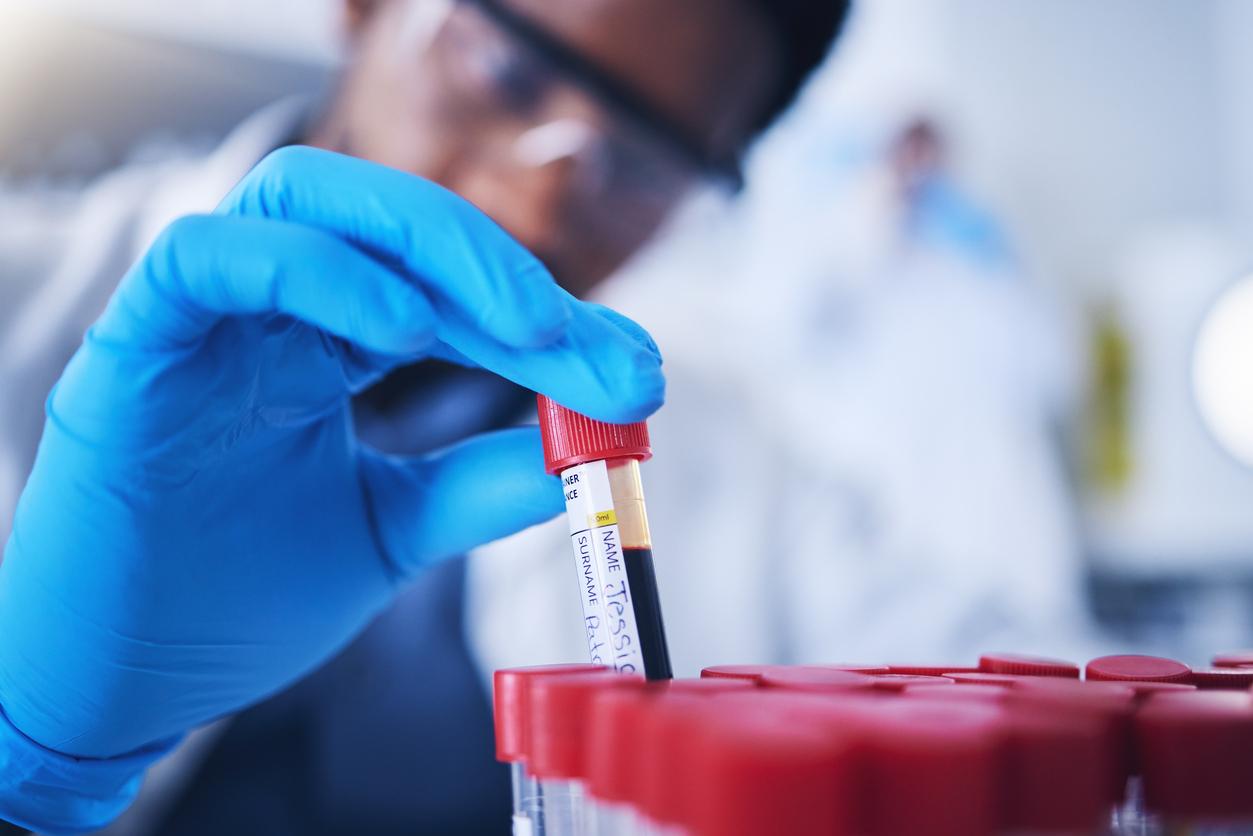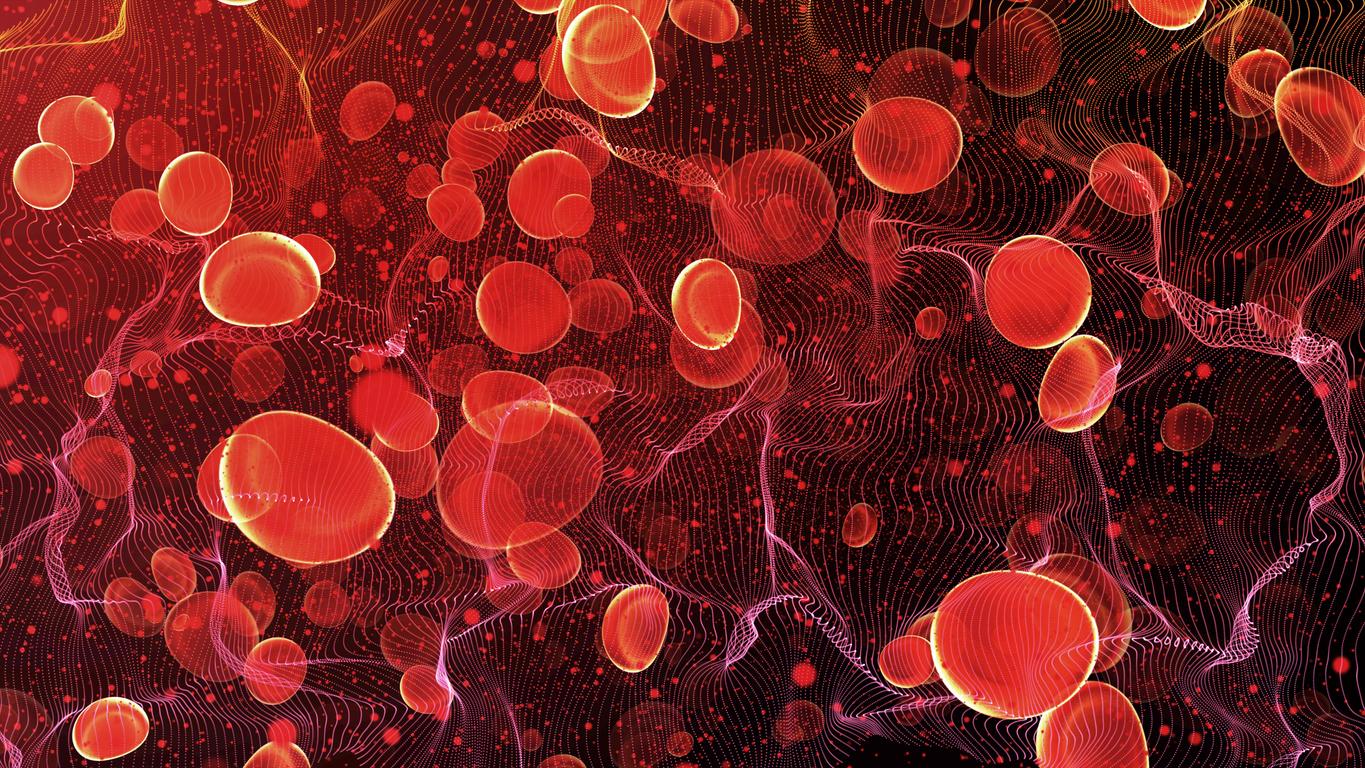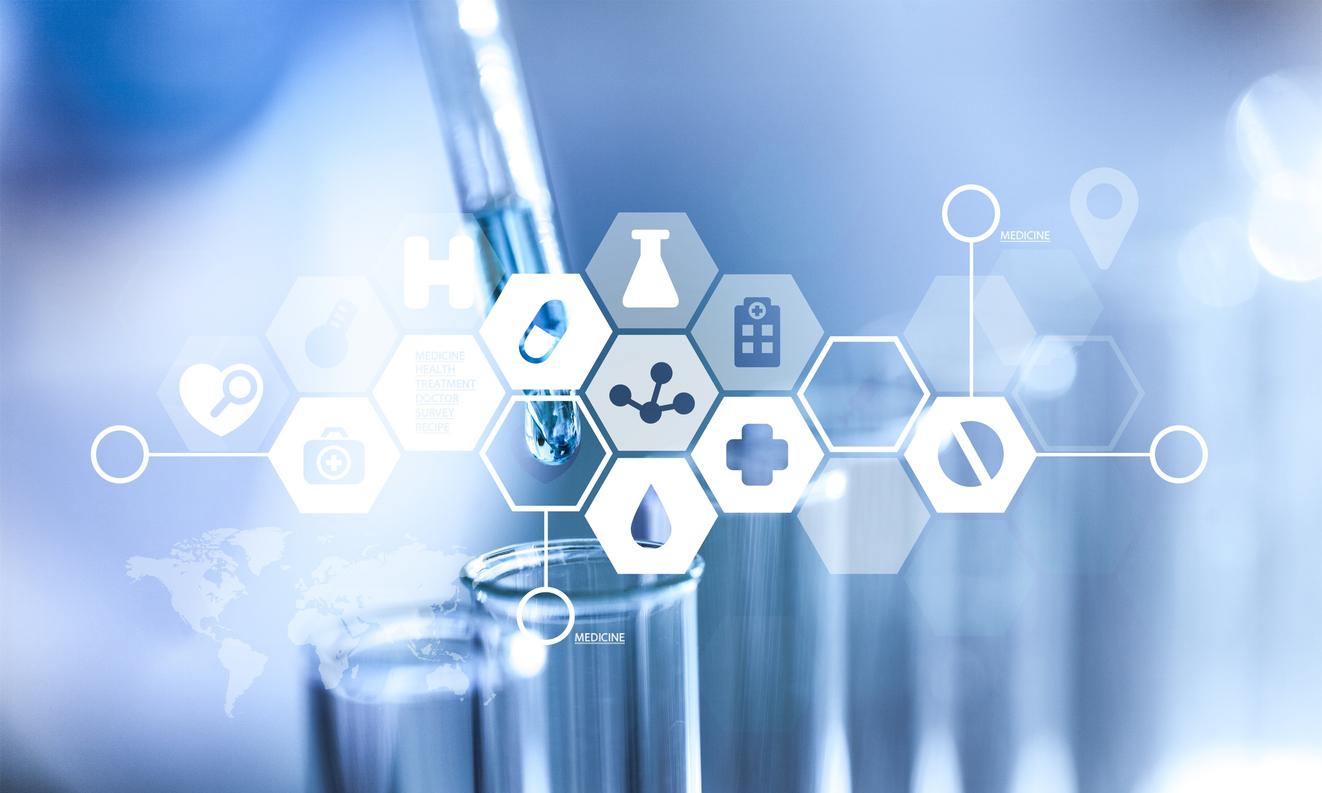Yahya El Mir, Founder and President of the biotech ZIWIG, reveals the current developments of a test for the detection of amyotrophic lateral sclerosis (ALS), also called Charcot’s disease.
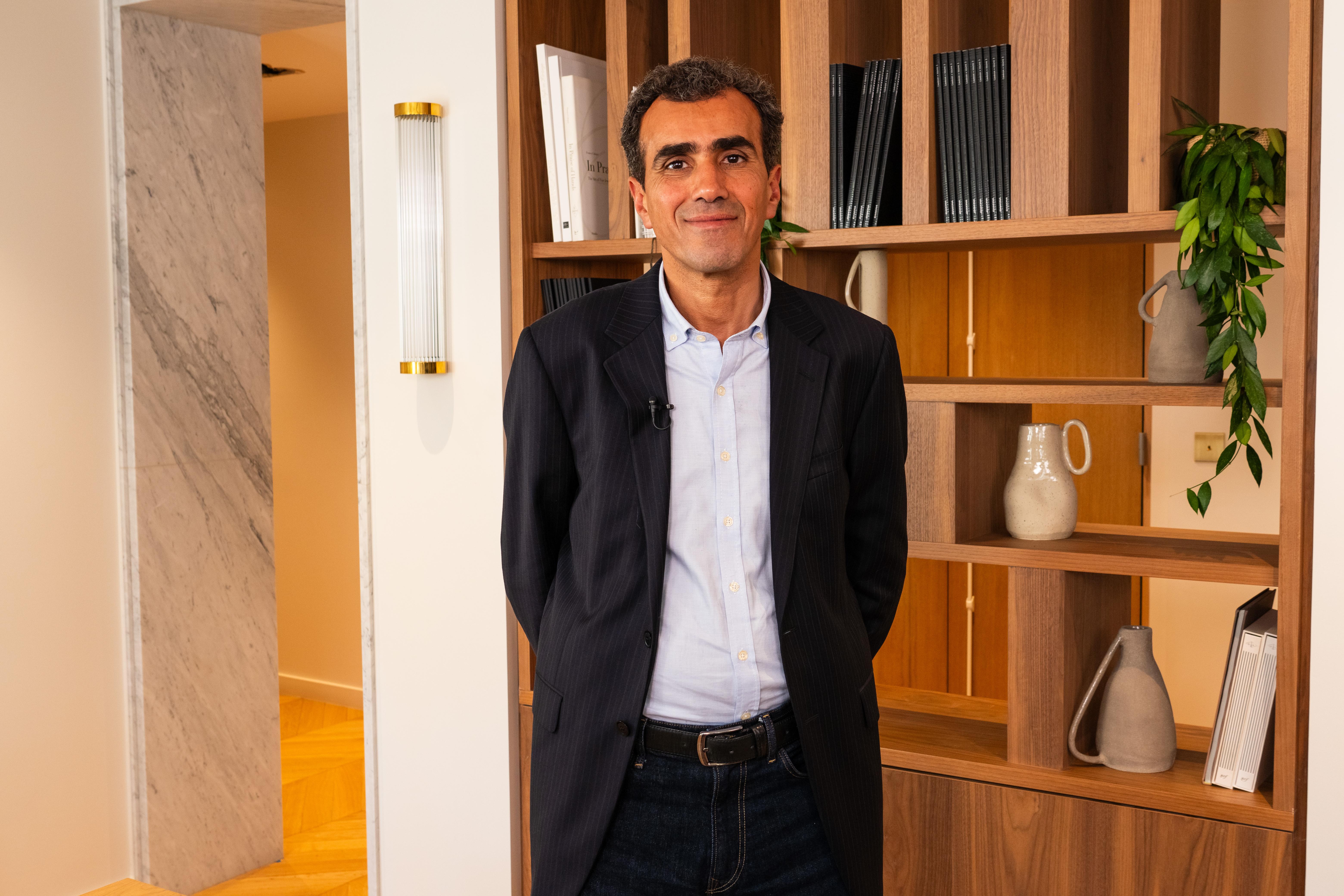
In this exclusive interview, Yahya El Mir shares the technical details and clinical implications of this new saliva diagnostic method, which could transform the management of this neurodegenerative disease.
Why Doctor: In what context did you decide to develop this test for Charcot’s disease?
Yahya El Mir: It all started with a first meeting. Dr. Philippe Codron had proposed a clinical study using our technology. I immediately gave him my agreement. A second overwhelming meeting, which will remain a memorable moment in my life, was that of Olivier Goy who completely converted me to this cause. We have a collective responsibility to intensify research to better understand this terrible disease and find solutions.
Because diagnosis is difficult to make, it is often late. In addition, the disease is very different from one person to another. When ALS is diagnosed and announced to patients and their loved ones, medical and social care providers must deal with an already advanced disease.
Furthermore, this difficulty in making a diagnosis makes it more difficult to organize clinical trials and slows down research progress.
So it made a lot of sense for us to collaborate with neurologists to apply Ziwig technology to the questions they want to solve.
The three major challenges in research are: a better understanding of the disease, the identification of diagnostic and prognostic markers, and of course, the development of treatments.
What are the main challenges of research for this disease?
Currently, the three major challenges in research are: a better understanding of the disease, the identification of diagnostic and prognostic markers, and of course, the development of treatments.
It is a disease that differs from one patient to another, with in particular a very variable life expectancy, from a few months to several years, and we do not know at the moment why.
The wide variety of clinical expressions of the disease and the diagnostic difficulties hamper the development of treatments.
Genetics can’t predict disease?
In 10% of cases, ALS is of purely genetic origin, linked to genes that are increasingly well-known. In 90% of the other cases, the cause remains unknown. It is probably an individual multigenic terrain combined with many other environmental factors.
A clinical study is underway on 600 people in around twenty centers.
How do you explain the difficulties encountered in the treatment and diagnosis of ALS?
These difficulties are undoubtedly linked to the very great clinical heterogeneity of patients, and to the often late diagnosis of the disease. There is indeed a significant phenotypic variability in patients with ALS, which affects several clinical aspects and adds to the complexity of the diagnosis. This is where the use of new technologies: molecular biology, NGS and artificial intelligence, could offer interesting perspectives. These technologies bring us closer to cellular functioning. This could pave the way for a better understanding of the extremely complex underlying mechanisms that generate deregulations. By identifying these deregulations, we could arrive at an earlier diagnosis of the disease and perhaps an understanding of mechanisms that would allow us to imagine treatments.
So, concretely, where are you today?
We have made our technology available to researchers working on this disease. A clinical study is underway on 600 people in about twenty centers, half of whom are patients who have the disease and the other half, called “controls,” that is, who do not have it.
What is the objective of this clinical study?
We set ourselves several very ambitious objectives in this study. The first: to have a strong biological signature of the disease, allowing us to make a definitive diagnosis.
If we identify a signature in the salivary RNA of people with ALS using high-throughput sequencing and artificial intelligence, we could imagine identifying different phenotypes, different forms of the disease and its progression, which constitutes the basis of precision medicine.
Why is it important to understand this?
This would make it possible to better understand the mechanisms at work in the different forms of the disease and thus attempt to determine which treatments could be used in a more relevant and, we hope, more effective manner.
This is an important avenue, used today in particular in oncology, to improve, tomorrow, the management and therapies of this pathology. This corresponds to precision or personalized medicine. Personalized means focusing on the uniqueness of the person or a group of people and in this disease, it could also make a lot of sense.
Saliva contains a lot of information and we hope that this will help researchers better understand this pathology.
What are the common denominators with the Endotest?
Ziwig’s technology is based on the analysis of RNA and its ability to regulate gene expression. RNA is a major scientific discovery that has given rise to several Nobel Prizes. The development of applications that arise from these discoveries extends to all therapeutic areas (cardiology, cancer, rare diseases, etc.).
We are contributing to this major research momentum by providing our expertise on salivary RNA and by making our technology available to researchers and, we hope, tomorrow to doctors and patients.
Saliva contains a lot of information and we hope that it will help researchers to better understand this pathology, as we did for endometriosis and which led to this first diagnostic test. But it is a long and extremely complex work involving complex molecular biology techniques, AI, and which requires extremely demanding and long scientific work before arriving at a product usable in the clinic; we are only at the beginning…
It is these variations in the expression of thousands of RNAs contained in saliva that will serve as a reference for the complex calculations carried out by artificial intelligence.
What are the parameters of Charcot’s disease exactly?
It is very important to have an extremely precise and rigorous clinical study, which allows us to characterize the specific RNAs of the deregulation which is involved in the disease.
Because it is these variations in the expression of thousands of RNAs contained in saliva that will serve as a reference for the complex calculations carried out by artificial intelligence to, on the one hand, identify a possible diagnostic signature based on biology and, secondly, be able to carry out work on the different biological phenotypes of the disease.
600 people for a clinical study, is that enough?!
This is the usual number of subjects for a clinical study on the disease. And it is a sufficient number to obtain the statistical power required by our clinical trial on the disease. With 600 people, given the technology used, we have the capacity to obtain significant results.
Who are the players in this research in your teams?
The national clinical research network in ALS Alliance on Clinical Trials for Amyotrophic Lateral Sclerosis – Motor Neurone Disease (ACT4ALS-MND) is an important player in research, with specialists and clinicians. Our clinical study is based on this unifying network. Dr. Philippe Codron in Angers is leading this work.
The real revolution is saliva?
Saliva is an extraordinary fluid, which has many qualities: simple to use, practical and containing a huge amount of information. A single drop of saliva contains thousands of potential biomarkers. It is like having a high-definition photo. Technical progress now makes it possible to better exploit its potential to advance scientific knowledge and generate innovations.
But the real solution will come from intensifying research efforts, with quality partners who share the same commitment to patients and their families.











